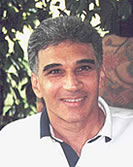June 2017 Article
Get Tom Veneziano's book The Truth about Winning! at Amazon.com
Tennis Server
|

 |
As many of you know, switching from practice play to match play is a daunting task. When the score does not count you tend to hit beautifully flowing strokes, but when a match is on the line everything changes. Fledgling strokes rear their ugly head. You know you can play better; you have witnessed it yourself in your training sessions. Is there some secret to making the transition from practice to match play? Is there something wrong with you? Should you contact Federer or Nadal to access their wisdom? After all, there must be some kind of trick they have mastered. "A few years ago, Tom Kite and I were in Austin, and we played a round at Lakeway Country Club with a couple of members of the University of Texas golf team. It was a beautiful day and a great match. They all shot between 69 and 73. Afterward, we all sat down for a soda, and it was obvious they were dying to ask a question. So I said, 'What's on your mind?'That's it! The thinking of elite players is what separates them from amateurs during tournament play. Elite players regard their failures in pressure situations the same way they regard failures in practice: with a relaxed mental attitude. This is so simple, yet the principle eludes most players. Playing in pressure matches the way you play in practice does not involve some complicated plan known only to a few. Granted, only a few players actually know and utilize this valuable thinking, but it is not complicated! You can do it. You just have to make the same decisions that you make in practice matches. What are those decisions? Forget your mistakes and concentrate on the next shot, as Tom Kite and his coach explained so clearly. That is the difference. In effect, Tom Kite has found "the next shot is more important than the last mistake" to be the answer that separates him from the amateurs. Don't you think it is time for you to cement this concept into your thinking and bring it with you to your next match? Do not leave these thoughts in this article. Pack them up and take them with you for the next time you play. I promise the concept will not take up much room in your mind: "The next shot is more important than the last mistake." You can place it in your mind right next to "get your first serve in."
This column is copyrighted by Tom Veneziano, all rights
reserved.
Tom is a tennis pro teaching
at the Piney Point Racquet Club in Houston, Texas. Tom
has taught thousands of players to think like a pro with
his Tennis Warrior System.
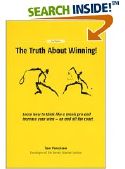
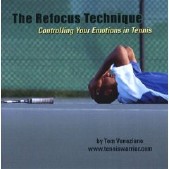
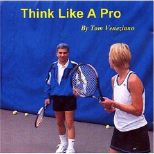
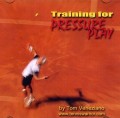
Audio CDs by Tom Veneziano:
|



October 2022 Tennis Anyone: Patterns in Doubles by John Mills. September 2022 Tennis Anyone: Short Court by John Mills. |
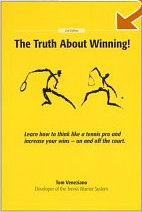
 You will join 13,000 other subscribers in receiving news of updates to the Tennis Server along with monthly tennis tips from tennis pro Tom Veneziano.
You will join 13,000 other subscribers in receiving news of updates to the Tennis Server along with monthly tennis tips from tennis pro Tom Veneziano. 